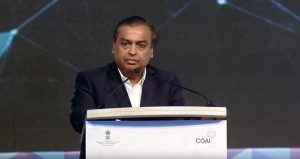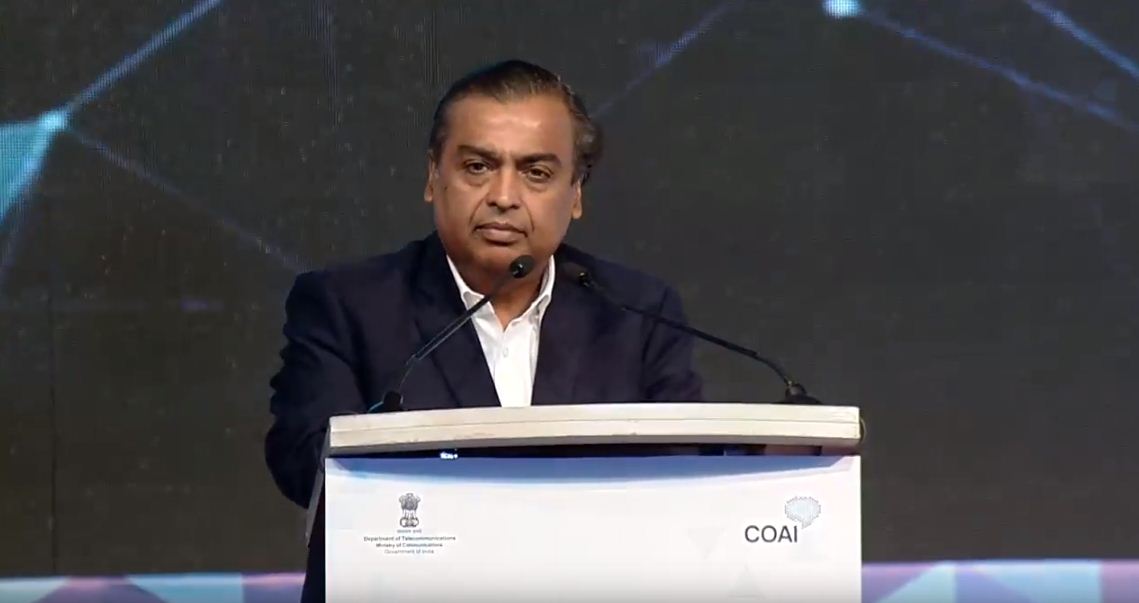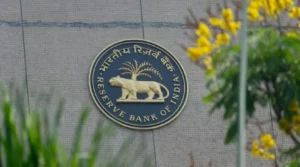
Reliance New Energy Solar Ltd (RNESL), a wholly-owned subsidiary of Reliance Industries Ltd (RIL), has acquired 100 per cent shareholding of REC Solar Holdings AS (REC Group), a Chinese state-owned solar power company. RNESL has acquired the REC Group from China National Bluestar (Group) Co Ltd., for an Enterprise Value of $771 million.
Buy Prime Test Series for all Banking, SSC, Insurance & other exams
About the acquisition:
- This acquisition will enable Reliance to move closer to achieve the goal of generating 100GW of solar energy by 2030, and in turn, support the country’s global goal to produce 450GW of renewable energy by 2030.
- REC Group has three manufacturing facilities, two in Norway for making solar-grade polysilicon and one in Singapore making PV cells and modules. With this acquisition, RNESL will become the owner of REL’s three manufacturing facilities.
Important takeaways for all competitive exams:




 November 2025 Month Current Affairs PDF
November 2025 Month Current Affairs PDF
 RBI’s ₹1 Trillion OMO Purchase: What It ...
RBI’s ₹1 Trillion OMO Purchase: What It ...
 Which Animal is Known as the Unicorn of ...
Which Animal is Known as the Unicorn of ...







